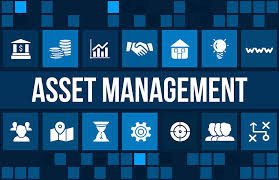Inventory
Management
Omnitrix
Inventory management systems help companies manage stocks of consumable items
across a variety of environments. This can apply to a wide range of markets —
from optimizing incoming materials and outgoing finished good in the
manufacturing industry to managing on-shelf stocking and re-ordering in retail
settings.
Unlike
assets, inventory is constantly being depleted and replenished. This volatility
can also make it a very intricate system to manage depending on the size and
the complexity of the inventory use. The amount of raw steel at an automotive
factory, the number of toys on a retail store shelf, or the amount of a
particular medication at a pharmacy can vary wildly based on market conditions,
seasonality, sales and promotions, or even the weather.
Benefits
of Asset Tracking
Omnitrix
has Asset tracking systems that help companies reduce asset auditing efforts
while improving asset inventory accuracy to nearly 100%. This produces
substantial savings in labor costs, unnecessary equipment losses, and
subsequent duplicate purchases.
When
the assets being tracked are tools or machines involved in the production of
final goods for sale, the value becomes one of increased quality and improved
end product, happier customers, and improvements to the bottom line.
When
important documents are being tracked, losing a single file could have drastic
legal or financial consequences. In this scenario, the value of a modern asset
tracking system is equally important to that of quality control/assurance in
manufacturing operations.
How
Does Inventory Management Work?
Inventory
management leverages supplier data, such as materials costs and available
supply of parts, as well as customer data, like sales history, to help improve
planning and forecasting for production and sales.
It
helps track consumables, replenish stock, and locate items within a warehouse
or a store. Typically, these systems include receiving, picking, packing,
shipping, and replenishment functions. They are targeted at warehouses,
distributors, retail stores, hospitals, and other organizations that buy, sell,
or consume goods.

